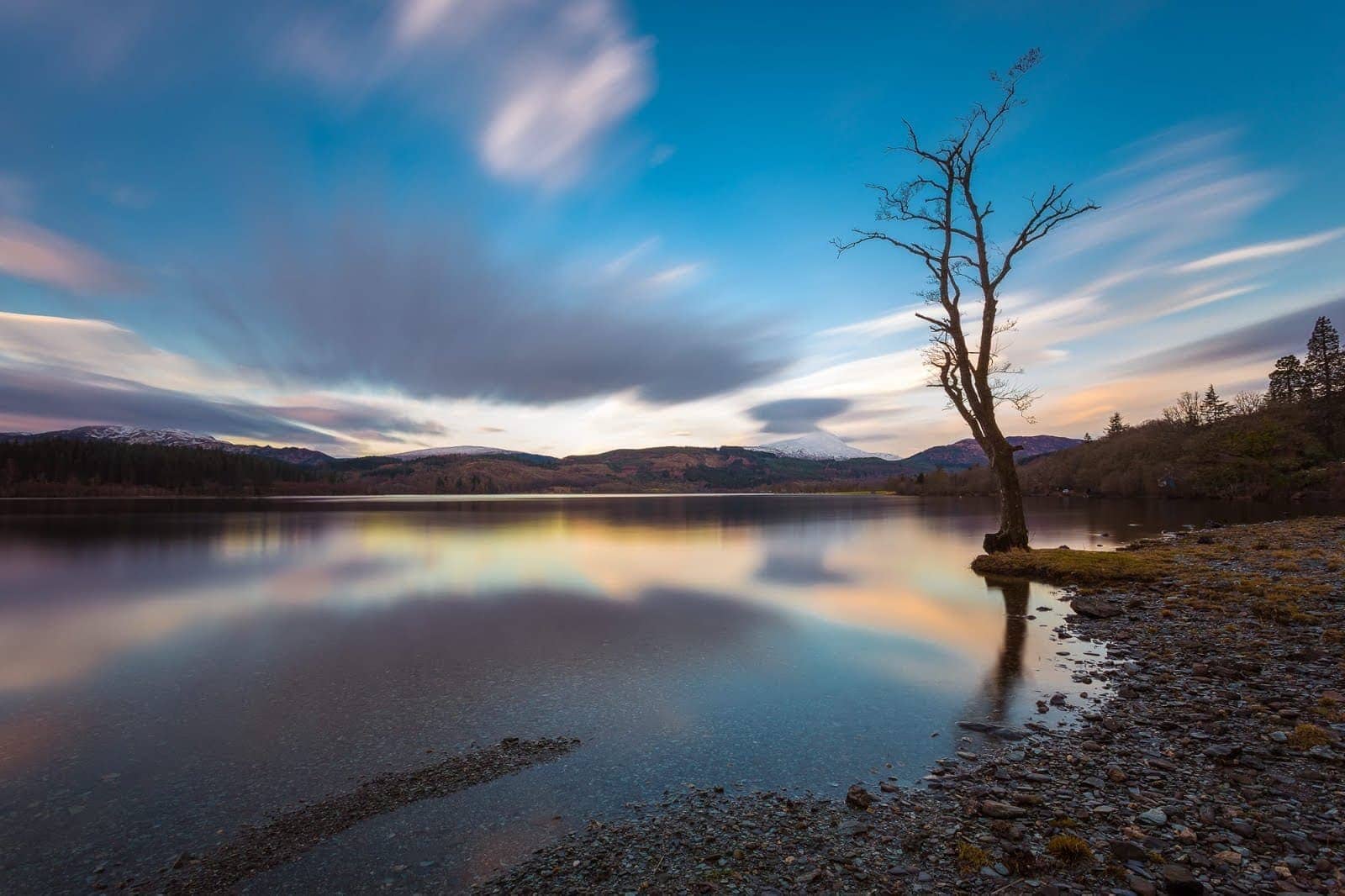Neutral density (ND) filters are a common form of dark filter that is simple to connect to the front of a lens. A neutral density filter does not affect a picture’s colour, contrast, or sharpness because it just alters light levels. In essence, it functions as a light volume control. Therefore, ND Filters enable you to photograph in challenging lighting circumstances and modify your images to get creative outcomes by decreasing the amount of light that enters your camera lens. Here are some of its other benefits:
Assistance With Harshly-lit Setting: It’s challenging to get the perfect photo when the sun shines brightly or when you’re shooting in poor lighting. A neutral density filter can help in this situation. It permits a narrow depth of field to be achieved with a wide aperture without overexposure. This gives the appearance of sharpness without overexposing the image. When applying this filter, for example, photographs of birds may be brought to the forefront without any background disturbance.
Works Well With Motion: An ND lens filter is essential to getting the ideal ethereal view when photographing moving water, such as trickling streams, rushing waterfalls, or the ocean pounded by waves. This brings a scene to life by adding drama and mood. Without any disorienting overexposure, it also aids in capturing the viewer’s attention. It’s ideal when you only want to change one area of your image while leaving the rest of the scene still. Needless to say, while most other filters in the market struggle to deliver this seamless effect, neutral density filters perfectly do the needful.
Access To Multiple Filters: A set f-stop of light cannot pass through fixed ND filters into your camera. The less light blocked from entering your camera, the lower the ND value. For instance, an ND4 filter reduces light by four f-stops, whereas an ND1000 filter reduces glare by ten f-stops. For photographers who frequently use the same amount of light exposure or who prefer shooting in situations that allow them to take their time setting up an image and switching filters if necessary, fixed neutral density filters are typically selected. Additionally, you may use several filters at once because they are stackable.
Enhances Portrait Photography: ND Filters are available in various sizes and forms. The easiest way to decide which one you prefer is to explore, just like with a camera. There are several distinct kinds on the market. For the same reasons that neutral density filters make landscapes so intriguing, they may also improve portraits brilliantly. In intense lighting, you may experiment with depth of focus, create compelling motion blur, and foreground your subject with outstanding clarity.
Summing Up: There is much to learn about ND Filters if you have never used one before. The best recommendation is to attach one, ideally of a high-quality make, to your lens and see what it can achieve. Uncertain about where to begin? To help you in making the best decision, pay heed to the pointers mentioned above in this guide.
Neutral density filters are among the fun camera accessories to experiment with since they help you produce distinctive photographic effects and open up new creative opportunities. That’s not all. They can be the much-needed difference you’re looking for. So when are you planning to get them?
